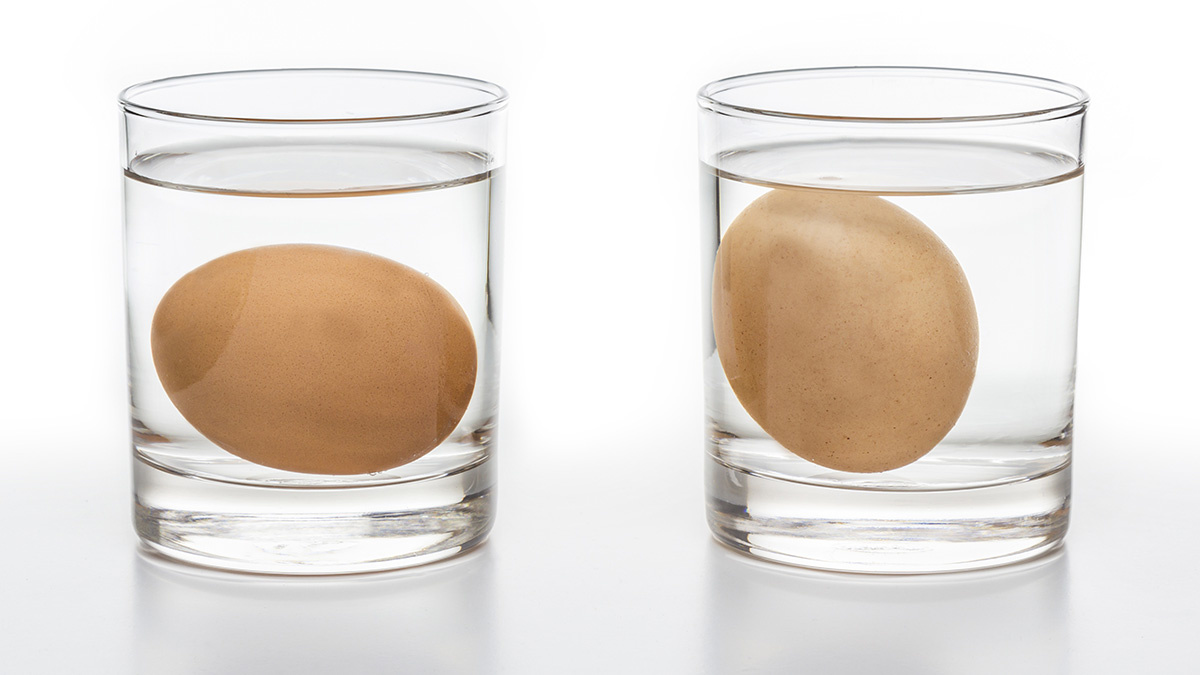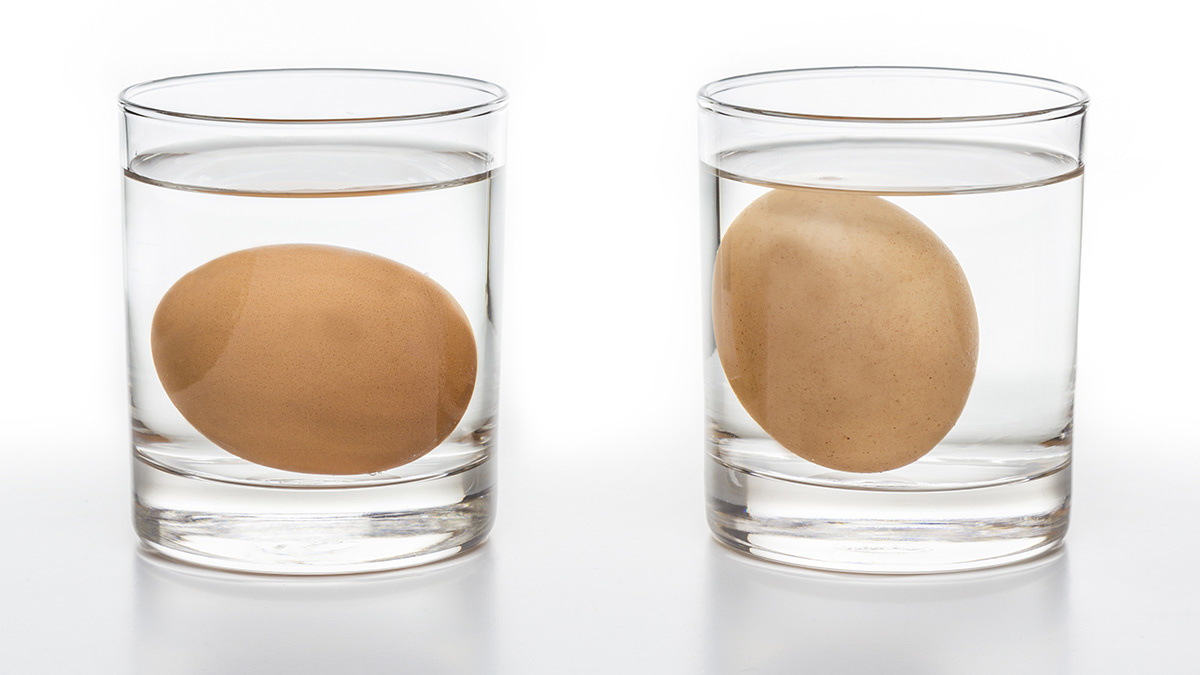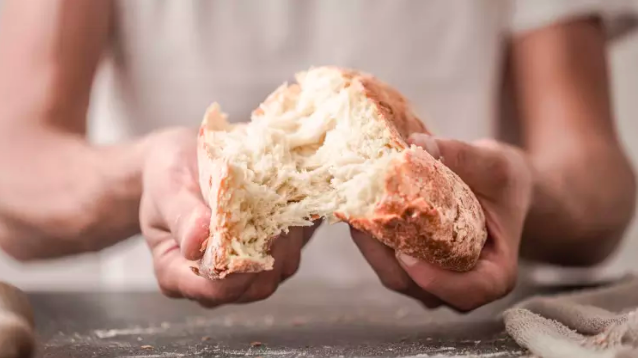10 Kitchen Hacks to Save You Time and Money

Nov 04 | 2018

Shutterstock
Cooking at home more often than you eat out or order in, can be rewarding for both your wallet and your waistline. But it can also feel like a time suck that requires a lot of effort. It’s hard to perfectly plan all of your meals to avoid food waste and get the most of out your produce while it’s still fresh. Don’t throw that stale loaf of bread out just yet though! Or let hardened brown sugar come between you and a batch of brownies again.
Here are 10 kitchen hacks to save you a little time, a little money, and a lot of frustration.
[shortcode-1-In-Article-Banner-728×60]
1. ) Keep Tomatoes Fresh Longer
 Tomatoes stored stem side downFood52
Tomatoes stored stem side downFood52
You probably already know that tomatoes are better stored at room temperature than in the fridge. While ripe tomatoes do ok in colder temperatures, storing under-ripe tomato in the refrigerator affects the development of the flavor, texture, and coloring. Want juicer tomatoes bursting with flavor? Store them stem side down at room temperature.
Storing tomatoes upside can keep them fresh for longer. How? It stops excess air and moisture from leaving what’s known as the scar. The scar is where the tomato was once attached to the vine. This easy kitchen hack stops tomatoes from taking on that unwanted mealy texture and helps them stay fresher longer.
2.) Stop Brown Sugar From Hardening
Hard, clumpy brown sugar is a real bummer. Especially when you’re in the middle of baking something delicious. Instead of tossing it out or breaking out a hammer to try to salvage some of it, try these easy hacks first. The key to keeping brown sugar from clumping is restoring as much moisture as possible.
Make sure your brown sugar is stored in an air-tight container and then add a slice of apple, or an orange peel to the mix before sealing. The orange peel and/or apple slice restores moisture and softens brown sugar up. Within a few hours it’s as good as new! Here’s a guide to everything you’ll ever need to know about sugar.
(adsbygoogle = window.adsbygoogle || []).push({});
3.) Easy Check to See if Eggs are Still Good to Eat
 Spoiled egg testShutterstock
Spoiled egg testShutterstock
Not sure how long those eggs have been sitting in your fridge? Instead of cracking them open, gently place them in a bowl or glass of cold water instead. If the egg sinks, it’s still good to eat. If it floats, it’s time to toss it.
The liquid inside eggs slowly evaporates over time, creating a gas bubble inside. The lighter the egg, the older and more spoiled it is. The FDA’s generally guideline is that a carton of eggs is ok to eat for up to 4-5 weeks after it’s been packaged.
4.) Soften Butter Fast
 Soften cold butter quicklyEver Tricks
Soften cold butter quicklyEver Tricks
Baking with soft butter is almost always better, but it isn’t always convenient. If you’re in a rush and forgot to let your butter soften at room temperature, don’t just use it cold. Try these quick tricks to soften cold butter fast instead!
Grate it, slice it, or place it in a ziplock bag and roll it flat with a rolling pin. It’ll soften up pretty quickly. Another cool trick? Try Buzzfeed’s warm glass hack. Fill a glass with warm water, pour it out, and then place the glass over the butter to soften it.
5.) Quickly Peel Potatoes and Tomatoes
Thin-skinned vegetables like potatoes and tomatoes can be annoying to peel. Here‘s a way to quickly and easily peel them without even using a vegetable peeler. First, boil them and then give them an ice bath. The skin will separate from the center making it easy to peel right off with your hands.
6.) Cut the Fat
If you want to remove excess fat from gravy, stews, soups, sauces, and broths there’s a faster way than waiting for it to cool. Pop a few ice cubes into the saucepan or pot and the fat will rise around them, making it easier to scoop out. You can also skim a few ice cubes along the surface of the liquid to help it solidify. Remove the fat with a spoon or try soaking it up with a piece of toast.
7.) Save Wilting Herbs for Later
 Herb and olive oil cubesRecipe Hubs
Herb and olive oil cubesRecipe Hubs
If notice any herbs looking less than fresh you can easily give them a second life with this kitchen hack. Finely chop or pulse them in a food processor with olive oil. Enough oil to completely cover the herbs. Pour the herb and olive oil mixture into an ice tray and freeze. When you’re ready to use the herbs just add one or two cubes to whatever you’re cooking up! You can also try this hack with citrus zest. Here’s a fruit freezing guide.
8.) Put Lemons to Work
Don’t toss those old lemons out just yet! Instead put them to work as an all natural, and powerful way to clean your countertops, utensils, your oven, and even the fridge. Lemon juice is one of the best natural cleaners, because of it’s low ph and antibacterial properties. It’s even capable of restoring rusty brass and copper.
Try using half a lemon in place of a dish sponge. Scrub away and then let the lemon juice sit for a few minute before washing clean. Lemons are a safer and more environmentally friendly way of cleaning than other store-bought products.
9.) Restore Crusty Bread
 Revive old breadGetty Images
Revive old breadGetty Images
Don’t throw out that stale loaf of bread either. Reviving a crusty baguette is possible with this amazing water trick. Run the stale loaf under water until the crust is completely wet. Don’t be afraid to drench it.
Set your oven to 325 F degrees or on it’s warm setting and put the wet loaf directly on the metal rack. Let it bake for 6-7 minutes and when you pull it out, it’ll practically be as good as new. Warm, soft center and crunchy crusty exterior ready to be used again.
10) Microplane Garlic and Ginger
Finely chopping or mincing garlic and ginger can be a real time suck. Luckily there’s an easier way. Microplane it! Anytime a recipe calls for minced garlic or ginger reach for a microplane zester instead of a knife.
It’s faster and easier on your fingers. You can also try using a spoon to peel ginger, it works better than a vegetable peeler. And for the garlic? Give it a good whack with the back of a knife and the skin will fall right off.
(adsbygoogle = window.adsbygoogle || []).push({});










